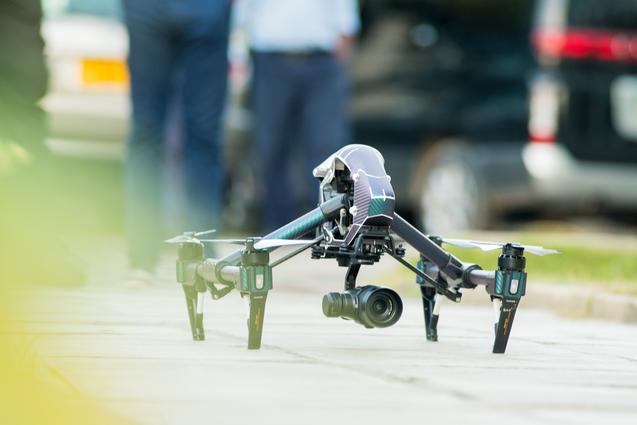
Opinions expressed are solely those of the author and do not reflect the views of Rolling Stone editors or publishers.
A colleague of mine is a photographer, specifically a drone photographer. Recently he was showing me video footage taken via drone alongside the still images. Here are some tips I shared with him.
First, you have to check the air space you’re planning on using to make sure you can send your drone up and not infringe on any protected or no-fly zones. I recommend only checking reputable, government- or state-backed websites, or else you may go down a rabbit hole of misinformation. For instance, here’s California’s film commission guidance on drone usage in the state.
Next, you need to think of the order and sequence of your shots or takes. Think of it like the seasons — winter, spring, summer and fall — which come in sequential order and usually do not impede upon each other. Think of the sequence of a three-act play: the intro, the arch/reveal (pivotal point in the story) and the resolution (how it all works out).
In my experience, if you approach your drone footage as a “reveal” when you set up your shots, you will have more of a journey — an adventure to take us on. Whether for fun, to monetize the footage or in an effort to advance your career, this is what I suggest.

Then you’ll need to set us up for your adventure. Is the filming quick, fast and expansive, or does it lead to the unfolding of a beautiful story? These are just two of a limitless number of options.
The Rolling Stone Culture Council is an invitation-only community for Influencers, Innovators and Creatives. Do I qualify?
Either way, start in your spot and film in a manner that gives you enough coverage. This means all the angles and areas you think you will want in the end film. The editor needs this to piece your drone footage story together. Let’s do a POV (point of view) story as an example — I’ll use the Santa Monica Pier and the surrounding area as our location setting. I’d start our story at the bike bath looking at the Santa Monica Pier sign, then I’d have our drone follow the pier to its end. When we get to the ocean I can then decide if I want to turn around and steer us toward the city of Santa Monica or if I want to take us up or down the coast to the many gorgeous cities and adventures that await. Think about your point of view when setting up your shots.
When you edit, make sure not to repeat shots — this takes a person out of your story instead of further grounding them in the story/reveal. This would be considered a negative if someone was considering hiring you. You can choose to use free-use music or create your own and register it. If you narrate it, great — but less is more. If someone else does, I recommend you get an appearance (voice is appearing) release form. These are notes for a non-union production.
There is a saying in the business: Leave them wanting more. Keep this in mind when you approve the final cut of your drone footage. Film in the highest quality format you can. It is your film — your choice. Explore your creative process and try new approaches to shooting drone footage.